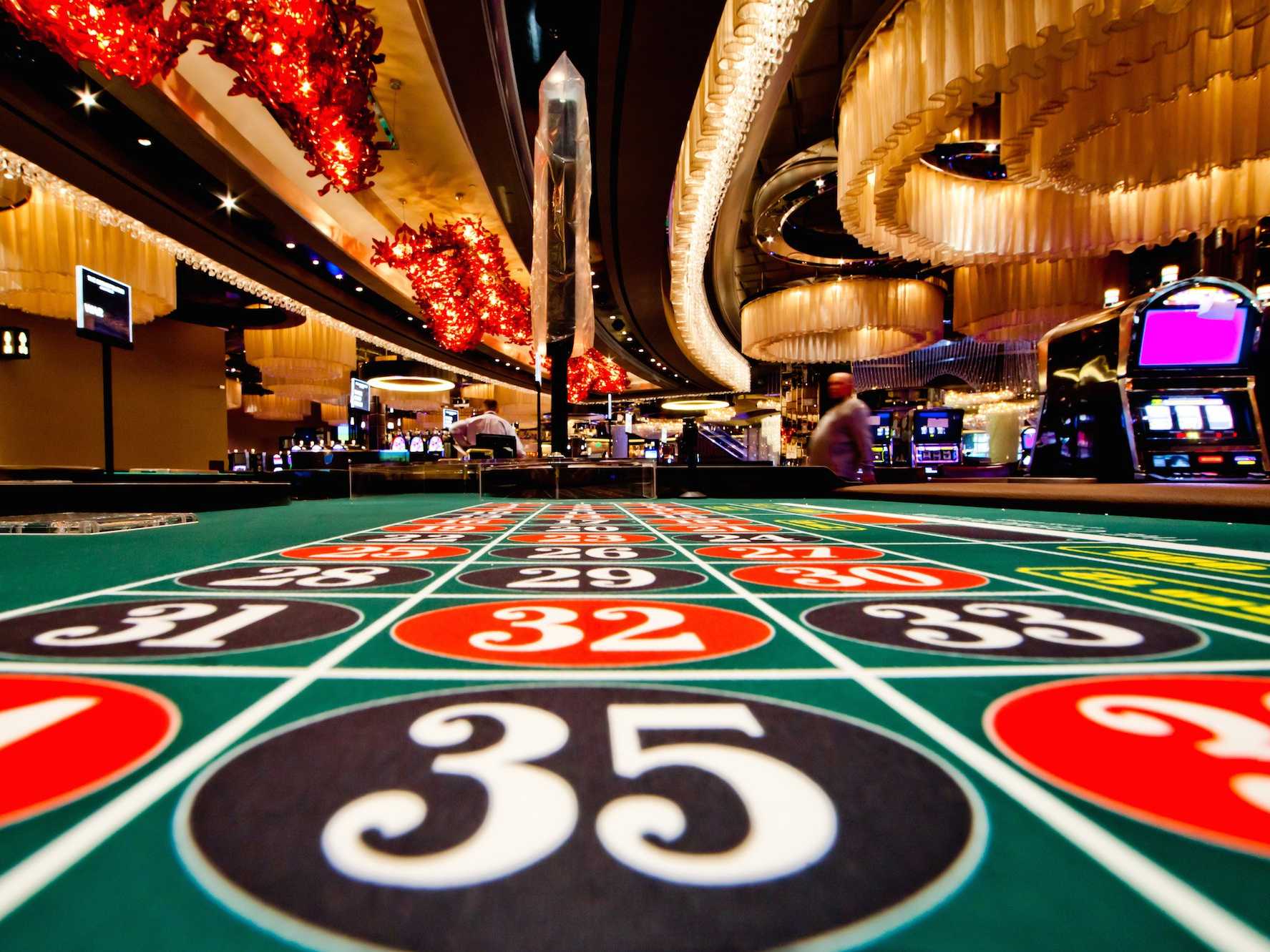
Casino games have long captivated human interest, drawing players into a realm filled with luck, planning, and the allure of adventure. Each game is painstakingly crafted not just for entertainment, but also to evoke specific emotional responses that keep players immersed and invested. Understanding the reasons behind these designs reveals much about how human psychology plays a key role in the gaming experience.
From the vivid lights and lively sounds to the complex layering of rules and rewards, casino games are designed to create an atmosphere of anticipation and anticipation. Game designers leverage behavioral strategies to influence gambler behavior, whether through the use of jackpots, close-call situations, or social connections. By examining these aspects, we can better appreciate how casino games fulfill not just a desire for entertainment, but more profound psychological needs for adventure and hazard.
Grasping Player Behavior
Casino games are crafted with a thorough comprehension of player psychology, which is essential for attracting and holding players. The thrill of the game, coupled with the anticipation of winning, produces a powerful attraction. Game designers employ elements like audio cues, dynamic graphics, and immersive gameplay to engage attention and elicit emotional responses. These sensory experiences enhance the overall experience, making players feel more attached in the game.
Another significant aspect of player behavior is the idea of risk and reward. Casino games often weigh risky situations with the potential for significant rewards, which can cause the phenomenon known as near-miss effect. When players come near to winning, the brain releases dopamine, reinforcing their behavior and prompting them to continue playing in search of that hard-to-reach win. This cycle of hope and letdown plays a crucial role in how games are designed and promoted.
Lastly, social factors also play a critical role in player behavior at casinos. Many games are crafted to be played in groups or in company with other players, creating a sense of belonging and communal experience. The community engagement inherent in games like blackjack enhances enjoyment and can result in prolonged gaming periods. Designers leverage on this by designing environments that prompt players to remain, socialize, and come back, making the overall casino experience more appealing.
The Role of Visuals and Sound
Visuals and audio play a significant role in elevating the gambler’s experience within gambling games. Designers utilize bright colors, eye-catching graphics, and captivating animations to attract gambler’s attention and maintain their focus. The use of themes, such as adventure or luxury, helps create an engaging atmosphere that takes players into another world. By appealing to the senses, these elements contribute to a heightened emotional response, prompting players to engage more profoundly with the games.
Audio design is just as important in reinforcing the overall experience of gambling games. The mix of background music, sound effects for successful combinations, and ambient noises creates an auditory landscape that keeps players fascinated. Sounds associated with wins, such as ringing bells or festive music, evoke feelings of thrill and satisfaction, encouraging players to continue playing. These sound cues are carefully placed to enhance the thrill of the game and create a more immersive experience.
Additionally, the alignment of visuals and audio is important for supporting the game’s overall theme and mood. Each element should coordinate seamlessly to create a unified experience that pulls players in. The effective use of this synergy not only improves user enjoyment but also boosts the chances of return play, as players become more invested in the captivating world that the casino games offer. This thoughtful integration of imagery and sound ultimately enhances player engagement and commitment.
Incentive Structures and Engagement
The design of casino experiences significantly relies on reward structures to ensure participants involved and coming back for more. These structures are based in behavioral principles that exploit human nature and motivation. Players are often motivated by the thrill of success, which is supported by instant responses through the game structure’s mechanics. This prompt satisfaction not just improves the gaming experience but also fosters a sense of success, prompting participants to keep playing in hopes of bigger rewards.
Casinos implement various reward structures, such as large payouts, bonuses, and increased rewards, to engage players. These elements create a level of thrill that maintains engagement. Additionally, the randomness of results plays a significant role in sustaining attention. The intermittent reinforcement schedule, where wins are unpredictable but happen often enough, keeps players on edge and motivated to continue participating. This loop of anticipation and anticipation is foundational to the success of casino games.
In addition, social elements, such as tournaments and collaborative options, boost the participation factor by leveraging the desire to compete of participants. The communal aspect of playing with fellow participants can amplify the excitement of winning and create a community atmosphere within the gaming space. By combining these social dynamics with effective incentive structures, gambling experiences don’t just provide fun but also nurture a stronger bond among participants, reinforcing their loyalty to the overall experience. siti casino non AAMS
